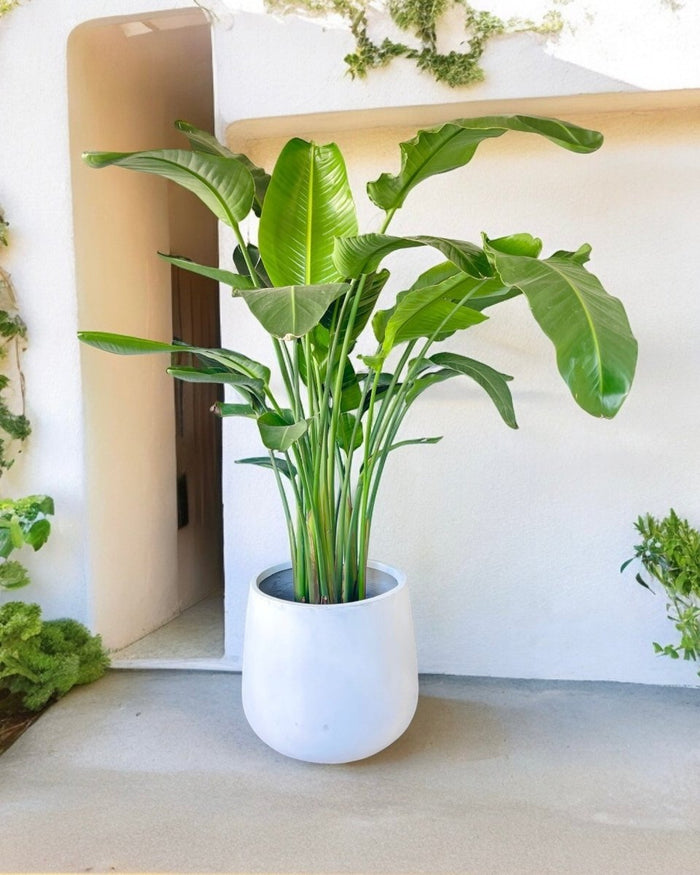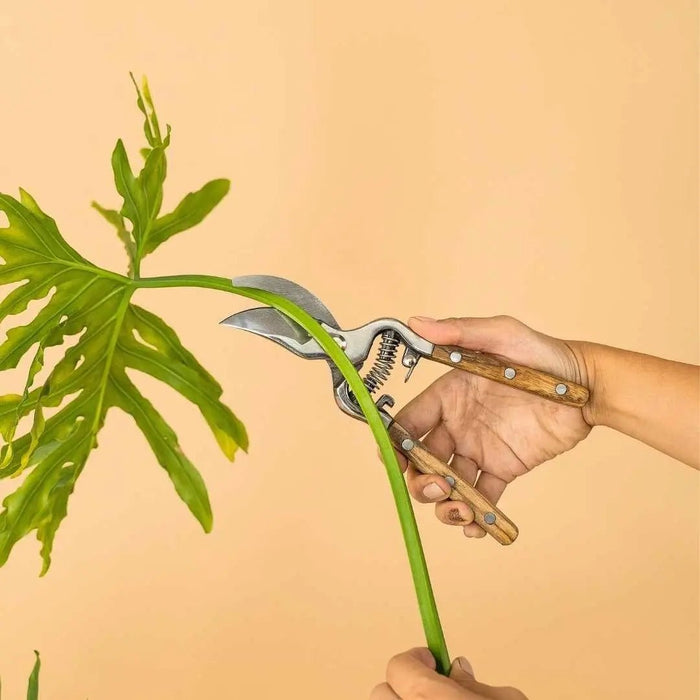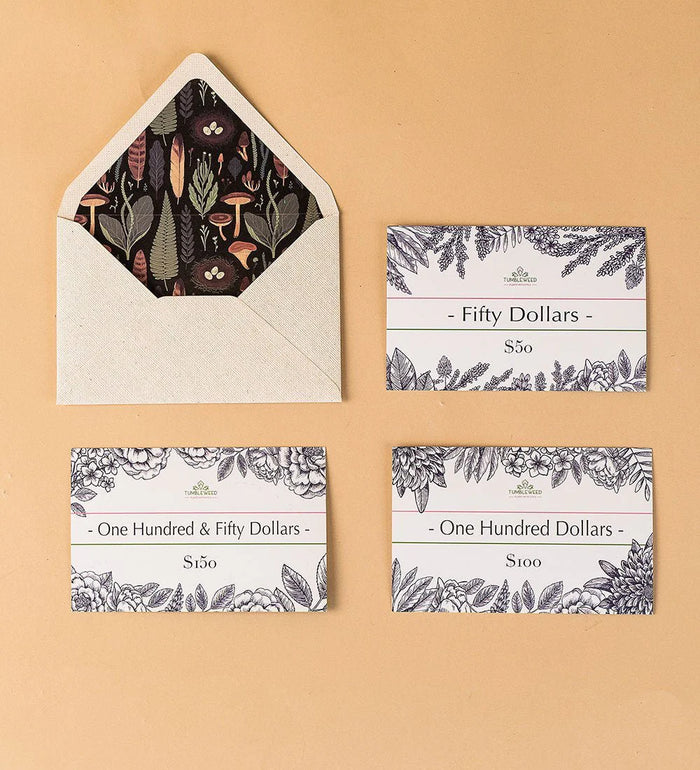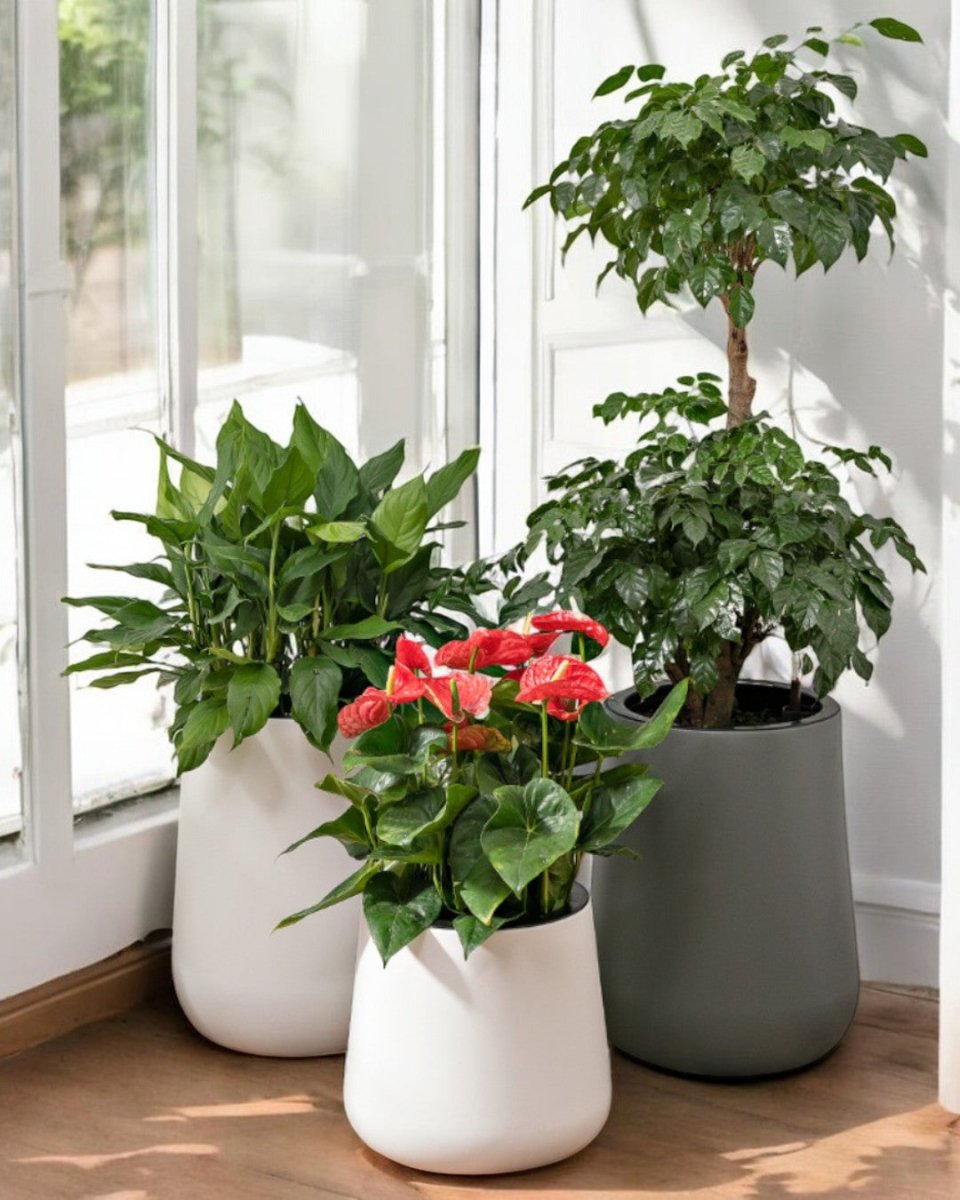General Care Guide for Air Plants
Air plants prefer bright, indirect light and thrive in temperatures between 50-90°F (10-32°C). They are sensitive to cold, so they should be kept away from drafty windows or chilly spots.
Air plants should be misted or soaked in water once a week, allowing them to dry fully afterward. Higher humidity helps them thrive, especially in dry climates, and misting between soaks can provide extra moisture.
Air plants don’t need soil or repotting since they absorb nutrients through their leaves. They can be placed in a variety of non-soil-based setups like glass containers or mounted on wood.
Air plants reproduce by producing small offshoots, or "pups," which can be separated from the mother plant once they are about half its size.
A diluted, bromeliad-friendly fertilizer can be applied monthly to encourage growth and blooming, but air plants don't require heavy feeding.
Air plants are non-toxic, making them safe for homes with pets or children.
Air plants can suffer from drying out or rot if overwatered. Pests like mealybugs and fungal issues can arise if the plants are kept in overly damp or humid conditions without proper air circulation.


























































